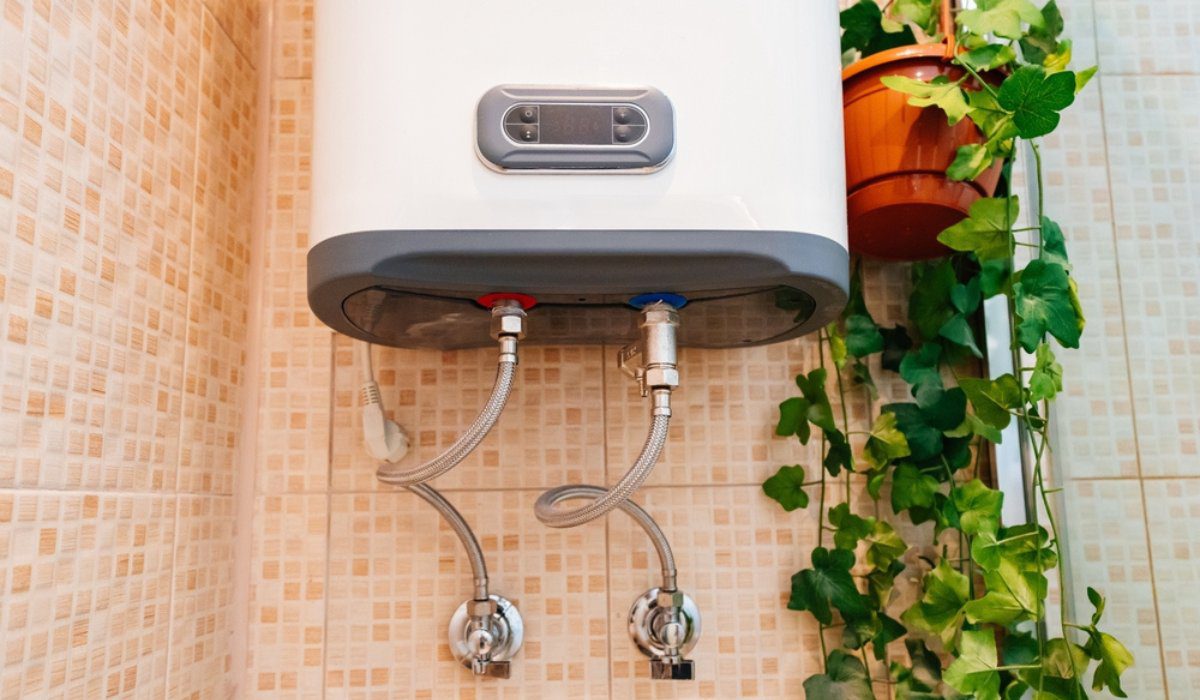Listed here further down you can get a bunch of amazing facts concerning How to Maintain Your Water Heater & Prolong its Life.

Hot water is important for daily convenience, whether it's for a rejuvenating shower or washing meals. To guarantee your warm water system runs successfully and lasts longer, routine upkeep is vital. This write-up supplies useful ideas and understandings on just how to keep your home's hot water system to stay clear of disturbances and costly fixings.
Introduction
Keeping your home's hot water system might appear complicated, yet with a few straightforward actions, you can ensure it runs smoothly for several years ahead. This overview covers everything from comprehending your warm water system to DIY maintenance ideas and understanding when to hire professional assistance.
Relevance of Keeping Your Hot Water System
Normal maintenance not only expands the life expectancy of your hot water system however additionally guarantees it operates effectively. Overlooking maintenance can cause reduced performance, greater power expenses, and even early failure of the system.
Indications Your Hot Water System Requirements Maintenance
Recognizing when your warm water system requires interest can avoid major problems. Look out for signs such as inconsistent water temperature, odd sounds from the heater, or rustic water.
Comprehending Your Hot Water System
Prior to diving into maintenance jobs, it's useful to understand the fundamental elements of your warm water system. Typically, this consists of the hot water heater itself, pipelines, anode rods, and temperature level controls.
Monthly Maintenance Tasks
Regular regular monthly checks can help capture small problems before they rise.
Purging the Hot Water Heater
Flushing your hot water heater eliminates sediment build-up, boosting effectiveness and prolonging its life.
Checking and Replacing Anode Rods
Anode rods stop deterioration inside the storage tank. Inspecting and replacing them when broken is essential.
Examining and Readjusting Temperature Level Settings
Changing the temperature level settings makes sure ideal performance and safety and security.
Do It Yourself Tips for Upkeep
You can carry out numerous maintenance tasks on your own to maintain your hot water system in leading condition.
Looking for Leaks
On a regular basis inspect pipes and links for leakages, as these can result in water damages and greater expenses.
Evaluating Stress Alleviation Valves
Testing the pressure safety valve guarantees it functions appropriately and avoids extreme stress build-up.
Insulating Pipes
Protecting warm water pipelines lowers warm loss and can conserve energy.
When to Call a Professional
While DIY upkeep is valuable, some issues need expert knowledge.
Complicated Issues Requiring Expert Assistance
Instances consist of significant leakages, electric problems, or if your water heater is consistently underperforming.
Regular Specialist Upkeep Perks
Expert maintenance can include detailed examinations, tune-ups, and making sure conformity with security standards.
Conclusion
Normal upkeep of your home's warm water system is important for effectiveness, longevity, and cost financial savings. By complying with these suggestions and knowing when to seek specialist assistance, you can ensure a dependable supply of hot water without unanticipated disturbances.
Water Heater Maintenance Tips
Test the TPR Valve
Shut off the power and the cold-water supply valve. Place a bucket under the pipe connected to the temperature-pressure-release (TPR) valve on the top or side of the tank. (This valve opens if the tank pressure gets too high.) Lift the valve’s tab to let some water out, then let go. If water keeps flowing, drain the tank partway, unscrew the old valve with a pipe wrench, and install a new one. Check the Anode Rod
Put a hose to the tank’s drain cock and let out a few gallons of water. Now fit a 1 1/16-inch socket onto the rod’s hex head on top of the heater (or under its top plate) and unscrew the rod. If it’s less than ½ inch thick or coated with calcium, buy a new one, wrap its threads with Teflon tape, put it back in the tank, and tighten securely. Use this segmented rod if headroom above the tank is limited. Drain the Tank and Wash Out Sediment
Drain the remaining water in the tank into the bucket, then stir up the sediment on the tank’s bottom by briefly opening the cold-water supply valve. Drain and repeat until clean water comes out of the hose. Close the drain cock, refill the tank, and turn its power back on. Adjust the Temperature
Find the temperature dial on the side of the tank and unscrew its cover. Adjust the dial to 120 degrees using a flathead screwdriver. For every 10 degrees the temperature is lowered, you can expect to save up to 5 percent in energy costs. Turn the water heater off or the thermostat down to its lowest setting if you plan to be away from home for more than three days. Insulate the Pipes
Buy some self-sticking 3/8-inch-thick foam pipe insulation that matches the pipes’ diameter. Slide the foam over the hot-and cold-water pipes as far as you can reach. Insulating the cold-water pipe prevents condensation in summer. Peel the tape and squeeze the insulation closed. If the pipe is 6 inches or less from the flue, cover it with 1-inch-thick unfaced fiberglass pipe wrap. https://www.thisoldhouse.com/plumbing/21016402/how-to-maintain-a-water-heater

Hopefully you enjoyed our topic on Water Heater Maintenance Tips You Can't Afford to Forget. Many thanks for spending some time to read our blog post. So long as you appreciated our blog posting please do not forget to share it. I value reading our article about How to Maintain a Hot Water Heater in a Few Simple Steps.
Or Book Technician Here